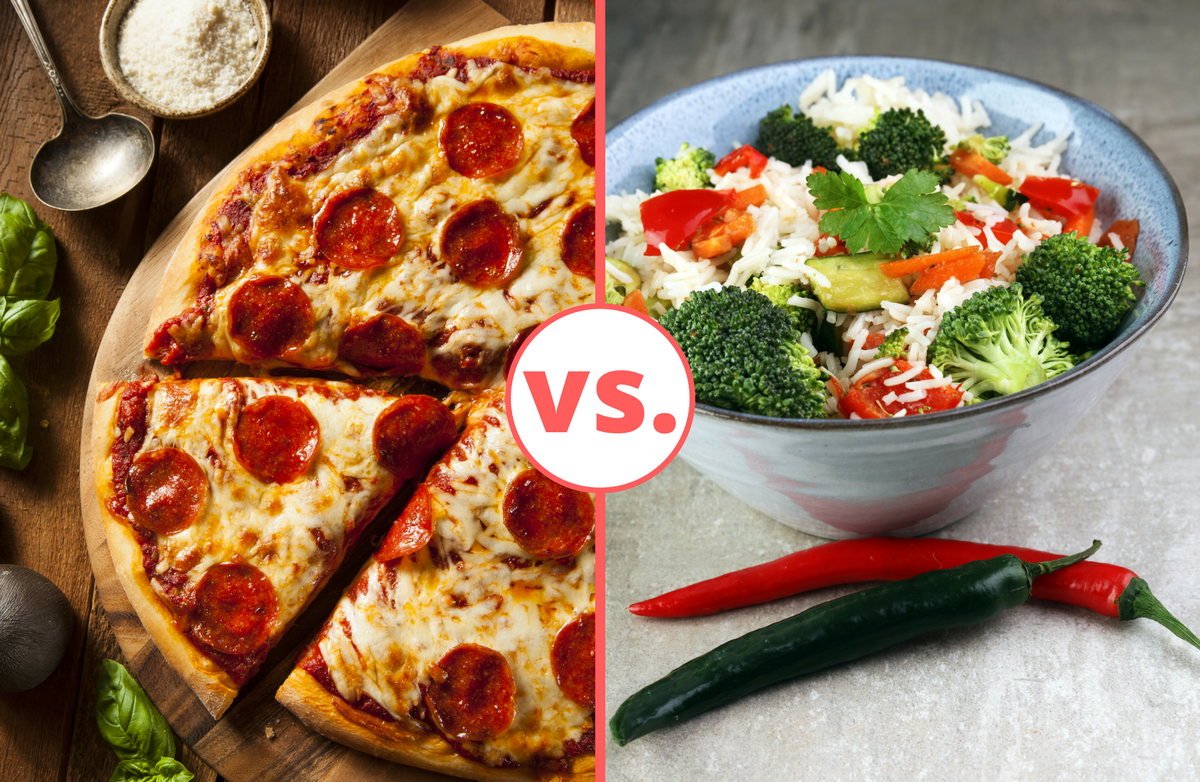
Interview summary of Todd Rogers and Katy Milkman from HBR
Past decision-making research has shown that when a decision will take effect in the future, people weigh the interests of the want-self less relative to the interests of the should-self.
For instance, you are more likely to agree to put additional money in your savings account if that money will be withdrawn from a future paycheck rather than the paycheck in your pocket (Benartzi and Thaler, 2003). Similarly, you are more likely to donate money to a good cause if the donation will come out of a future paycheck (Breman, 2007).
Q: How do you apply this to online grocery shopping?
A: We predicted that online grocery shoppers would order healthier groceries when ordering for delivery in the distant future (i.e., 5 days from now) than when ordering for delivery in the more immediate future (i.e., tomorrow). This is exactly what we found.
We analyzed a year of individual-level data from a North American online grocer to determine how the delay between when a person's order was completed and when it was delivered affected the content of the order. In general, as the delay between order completion and the date a customer selected for delivery increased, customers spent less money per order (or behaved less impulsively), ordered a higher percentage of "should" items (e.g., vegetables), and ordered a lower percentage of "want" items (e.g., ice cream).
A simple way of describing our findings is that people focused a higher percentage of their spending on ice cream and other want groceries when placing orders for delivery in the near future than when ordering for delivery in the more distant future. On the flip side, they focused a lower percentage of their spending on fresh vegetables and other should groceries when ordering for delivery in the near future than when ordering for delivery in the more distant future.
Q: Did you find similarities in other areas where consumers are making choices?
A: Our research team has completed 2 other projects that examine the dynamics of the want-should conflict. The first project, conducted by the same team of Katy, Todd, and Max, analyzed the implications of want-should conflict in the context of online DVD rentals. The second project, conducted by Todd and Max, tackled the prescriptive policy question: How can we increase the odds that people will select should options, which is in their long-term best interest to do?
For the first project we obtained access (with the help of HBS professor Anita Elberse) to a data set containing information about the film rental and return behaviors of a sample of the customers of an Australian online DVD rental company. With this data we examined whether the choices people anticipate making in the future (represented by the order in which they rent movies) systematically differ from the choices people make in the "heat of the moment" (represented by the order in which they watch and return the movies they rent).
In "Film Rentals and Procrastination: A Study of Intertemporal Reversals in Preferences and Intrapersonal Conflict," we predicted and found that people are more likely to rent DVDs in one order and return them in the reverse order when should DVDs (e.g., documentaries) are rented before want DVDs (e.g., action films). Similarly, we predicted and found that should DVDs are held by online renters longer than want DVDs, meaning people procrastinate considerably more about watching documentaries, for example, than action films.
For the second related project Todd and Max looked at how time-to-implementation from the moment of decision affects preferences for should options. We looked at scenarios that involved want-should conflict like support for a policy that would benefit one's employer but would be costly to oneself; support for a tax on gas to reduce consumption and pollution; support for a personal savings plan; and willingness to donate money. We found that people are much more likely to make binding selections of should options when the options will be implemented in the distant future than when they will be implemented in the near future.
This research offers prescriptive guidance for how we can facilitate the selection of should choices: structure these choices so that they are binding and implemented in the more distant future. This research is in our working paper "Future Lock-in: Or, I'll Agree to Do the Right Thing…Next Week."
Q: What implications do your research findings have for online retailers or other business channels?
A: Our study has implications for online and catalogue retailers that offer a range of goods for sale and also offer different delivery options. Such companies might be able to improve their demand forecasting by taking into account the fact that their customers appear likely to order a higher percentage of want goods and a lower percentage of should goods for delivery in the near future relative to the more distant future.
In addition, online and catalogue retailers should anticipate that the further in advance of delivery an order is placed, the less a customer is likely to spend.
Q: Could your findings be applied to in-person grocery shopping?
A: If we were to extrapolate from our results, ignoring the major differences between shopping for the present and shopping for the future, it seems that to maximize the sale of healthy items or should groceries, brick-and-mortar grocery stores might display healthy foods near the entrance of the store so they will be encountered early on in the shopping experience and as far as possible from the moment when actual consumption will take place. Brick-and-mortar grocers may have already realized this, as fresh vegetables tend to be displayed in the first area customers encounter when they enter most major grocery stores.
Comments
Post a Comment